The big medical story of recent weeks has been reflected in headlines such as ‘Trolley crisis hits new record’, ‘Taoiseach apologises to patients over emergency department delays’, ‘94-year-old man left on trolley’ — just a few examples of the now annual January stories about the hospital sector.
Given the perennial ‘groundhog day’ situation with trolleys and overcrowding in emergency departments, one could be forgiven for asking, why would any young doctor think of entering emergency medicine?
“Look, emergency medicine is a fantastic job,” Dr Emily O’Conor, President of the Irish Association for Emergency Medicine (IAEM) told the <strong><em>Medical Independent</em></strong> (<strong><em>MI</em></strong>).
“It is a huge privilege to get to see people in their moments of crisis and then actually to be able to do something practical to improve things for them. So it’s a very rewarding speciality.”
Dr O’Conor, a Consultant in Emergency Medicine at Connolly Hospital, Blanchardstown, points to the high attendance at the recent IAEM Winter Scientific meeting as another sign to be positive.
“The speciality is really growing in Ireland, so there are lots of good things going on as well.”
Yet, there can be no denying that these are obviously difficult times in Ireland’s EDs.
“These are challenging times, but they have been challenging for us for over a decade,” acknowledged Dr O’Conor.
“We have been dealing with overcrowding in EDs in Ireland for as long as I have been a consultant here.
“So the challenges are trying to navigate a patient’s way through the system, to try and navigate them in the most timely way possible. The delays are an unfortunate consequence of the overall overcrowding. We are trying to teach and train the younger generation of specialists and also keep the morale up for all the staff in the EDs.
“So, yes it is challenging but [it is] a very rewarding job.”
<h3 class=”subheadMIstyles”>Capacity</h3>
So why is the trolley crisis continuing to worsen, despite years of highly-publicised initiatives, taskforces and ‘extraordinary measures’? The IAEM has been consistently raising the acute bed capacity shortage in hospitals for many years, and despite the current trolley waiting list, Dr O’Conor believes the message may at last be finally getting through to those in political power.
“Over the last 10-to-15 years, the IAEM have been trying to flag what we see as the most critical part of the patient flow, which is the lack of acute bed capacity,” said Dr O’Conor.
“Really, it’s only in the last year or so that we have had some traction on that. It now seems to be accepted politically, and hopefully with the new acute bed capacity report [that will continue]. We need at least 2,500, if not 9,000, new beds in the system.
“We have led out on this, and up until the last year or 18 months there was no political belief or understanding within the system that we have a shortage of acute beds.
“So we seem to have made a small bit of progress in the ideology. The thing is now trying to get implementation on this. That implementation is going to be the big hurdle for the Minister for Health over the coming months and years.”
So, will the impending publication of the bed capacity review help the IAEM’s cause?
“Our understanding from the leaks, they will absolutely agree that we need more acute beds in the system,” Dr O’Conor predicts. “I think there seems to be political acceptance of that.
“The next hurdle is implementation. There is going to have to be capital investment, and also investment in nursing for those beds.”
<h3 class=”subheadMIstyles”>Builds</h3>
But if bricks and mortar may be more medium-to-long term, the IAEM has also gone to Government with some short-term solutions.
“In terms of modular builds, we have floated that for some time now,” the IAEM President told <strong><em>MI</em></strong>.
“We have said it to the Minister and the HSE. This time last year, when we did a presentation to the Oireachtas Joint Committee on Health on the overcrowding crisis, we also spoke to the HSE [about modular building]. I suppose the question was, what can we do so we are not here again next Christmas?
“There are some EDs in the country that are always overcrowded, like Limerick, Galway, Waterford. So there is no question that they need more bed capacity. We had said could we not start modular builds in those areas last Christmas [2016].
“That never happened. I suppose there are long- and short-term [solutions] here. In the short term, the Minister needs to deliver something that is going to make a difference between now and this time next year. Some of that will be pushing through capacity plans that are already in train in some hospitals.
“There is going to be hopefully commitment to building concrete walls. That’s going to take several years to deliver. So a short-term measure is to have modular builds in some areas, to actually give us the acute bed capacity.”
<h3 class=”subheadMIstyles”>GPs</h3>
But what if the HSE was to invest more in primary care, as outlined in the Sláintecare report? Would that not help alleviate the current ED crisis?
“EDs in public hospitals are fully accessible to all, irrespective of means,” said Dr O’Conor.
“We are the part of the health system that is blind to whether or not you have private healthcare; 24-7 open to all those who need it. The only prioritisation occurs on a clinical basis. We are proud of that as an Association, so we would welcome similar equity in other parts of the healthcare system and that’s what Sláintecare describes.”
The IAEM President added that primary care investment is “needed in its own right”.
“Long-term prevention in the communities led by general practice with better chronic disease management, etc, that in the long term… as in, my lifetime, could and should reduce the reliance of patients on acute hospitals, because the general health of the nation will improve.
“But that is a long-term goal and it should be pursued. But it is not the solution to the problems at the moment.”
But in the short term, could GPs play a more active role in the ED setting to help ease the present crisis?
“Yes, many EDs in Ireland already employ GPs to staff their minor illness and injuries streams,” she said.
“The role we would support is co-location of general practice. At the front door, the patients come to the ED to be seen 24/7. It is very hard for us, once people have attended, to turn them away into the dark and tell them to go find a general practitioner to see, whereas if we had co-location, if in the next door down the corridor there was a general practice service, they could take patients that were appropriate to a primary care service. We think that would reduce attendances at ED.”
However, Dr O’Conor is quick to point out such developments would not end the present trolley crisis.
“Once again, that is a separate issue to the trolley crisis. Patients on trolleys are not in need of general practice care; they are in need of acute hospitals beds. The issues are once again parallel but not the same.”
<div style=”background: #e8edf0; padding: 10px 15px; margin-bottom: 15px;”> <h3 class=”subheadMIstyles”>From casualty to ED — half a century of a speciality</h3>
Last year, the IAEM and its sister associations in the UK celebrated the ‘Golden Jubilee’ of organised emergency medicine in these islands.
When the organisation of the speciality began five decades ago, hospital care in this area was unrecognisable from what it is today.
“We started off with what were called ‘casual attendances’ at hospitals,” said Dr O’Conor, charting the early years of the speciality in Ireland and Britain.
“In those days, hospitals were run largely for scheduled care. But hospitals did have casual attendances. That led to the evolution of the term ‘casualty rules’ and that was the start of the speciality. Very early on, it was delivered by senior nurses and very junior doctors.
“There was no dedicated training in emergency medicine. It was a quite disorganised way to deliver care.”
However, in these islands over the last half century, there have been significant developments in emergency medicine.
“Over the last 50 years, the speciality of emergency medicine has grown enormously; we are now recognised internationally as a very fast-growing speciality, particularly in Western medicine, but we are trying to help development of it in less-developed countries.
“We are now at the stage where we have our own fellowship exams. In Ireland, we train our own consultants… Good things are happening in the speciality.”
The IAEM is a vibrant and growing organisation and held a recent winter scientific meeting attended by over 250 delegates. “We had presentations on major trauma reorganisation and many other topics. Many nursing delegates [also attended].”
There have also been huge strides in the educational aspect of emergency medicine, and Dr O’Conor adds that the speciality in Ireland is now looking towards best practice in places like the UK and Australia.
“The speciality of emergency medicine is now well established. We are now looking at multiple consultants in EDs; that would be several consultants of emergency medicine working alongside each other within the same department,” said Dr O’Conor.
“There would be a consultant on the ‘shop floor’ who is basically in charge of all the incoming patients and supervision of NCHDs, reviewing those patients and actually delivering clinical care.
“But there will also be a separate consultant running a clinical decision unit, perhaps another consultant running the ambulatory stream and if you have the resources in a big ED, you might have a separate consultant again running the resuscitation room, and that is alongside another consultant who would be involved in teaching, education and training.
“So we would be aiming [towards that] and if you look at emergency medicine in the UK and Australia, that is the type of model we are going for, with the breadth and depth of emergency specialists.”
Weblink: <strong>www.iaem.ie</strong>
Dr Emily O’Conor is on Twitter at <strong>@eoconor209</strong>.
</div>
<h3 class=”subheadMIstyles”>Reconfiguration</h3>
The Trauma Steering Group was established by the Minister for Health in 2015, and reported in July last year. Its report is currently being considered by the Department of Health.
Whatever happens in the coming months and years, some reconfiguration of the 29 EDs across Ireland is to be expected.
Dr O’Conor said that the IAEM has been supportive regarding the likely reconfiguration of services at Portlaoise Hospital and the Association is also willing to support other changes it believes are necessary.
“We are very clear there are standards of quality and a certain amount of resourcing required to keep an ED operating safely 24/7,” stated Dr O’Conor.
“One of those things would be governance from a consultant in emergency medicine at all times. We as a nation can decide to fund that at all 29 of our EDs. [But] it might be a more cost-effective solution to reorganise our emergency services.
“We hope that will start with the major trauma report on reorganisation [currently] with the Minister.”
It is believed that the trauma report recommends reducing the number of hospitals in Ireland in which full 24/7 EDs will be in place.
“There is very good international evidence that you can improve outcomes from major trauma, and a reduced mortality rate of 20-to-25 per cent, if patients are received into an organised trauma setting. So we hope that will start.”
But this does not mean the closure of all EDs in rural areas or anything like it, stressed Dr O’Conor.
“We are absolutely not saying that communities in Ireland don’t need access to emergency care,” she said.
“Some rural hospitals, like Letterkenny, Castlebar, and others — even if they are not as big as other EDs, they will always have to be protected because they are geographically isolated. But we do think there are some areas in the country where emergency services could be more effectively delivered with a change in configuration in some of the hospitals.
“This will involve development of the pre-hospital services so that there is rapid deployment of paramedics and advanced paramedics to people locally and then those services can bring them to the appropriate emergency setting.”
<h3 class=”subheadMIstyles”>Recruitment</h3>
Minister for Health Simon Harris commented earlier this month about the need to attract more consultants in emergency medicine. This is something Dr O’Conor supports, but again stresses it is not a cure for the ‘trolley crisis’.
“We would absolutely support that,” she agreed. “Improving the depth and breadth of senior consultants in EDs delivering patient care.
“But that is not going to be the solution to the acute bed capacity crisis.
“Overcrowding is with patients who have already finished their treatment by a consultant and team in the ED and are designated to need admission to the hospital. They are now on trolleys waiting to go up to the wards. So again, the issue is separate but parallel.”
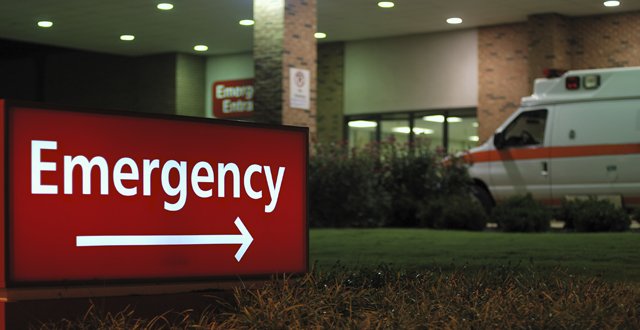
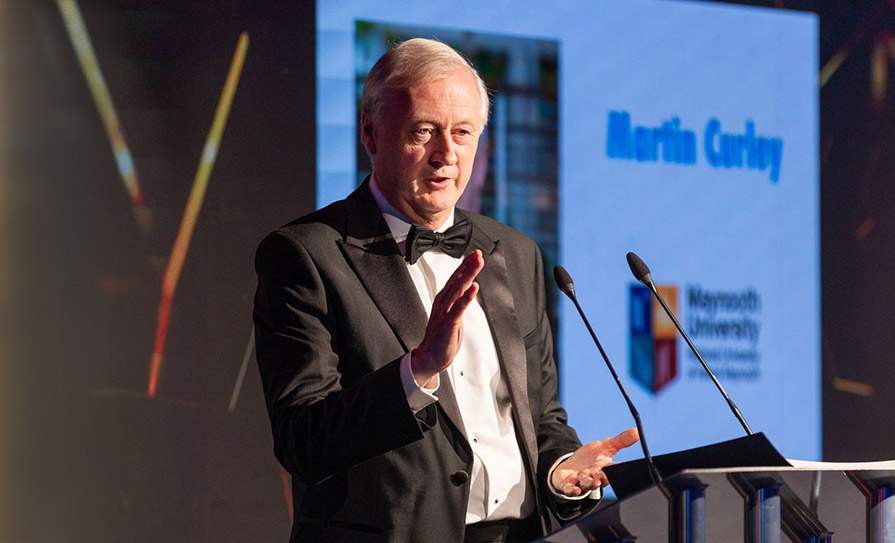
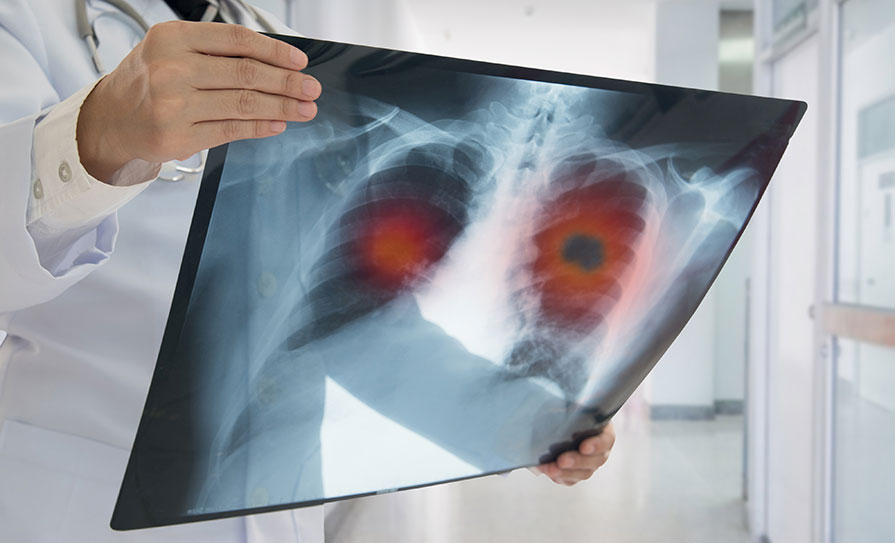
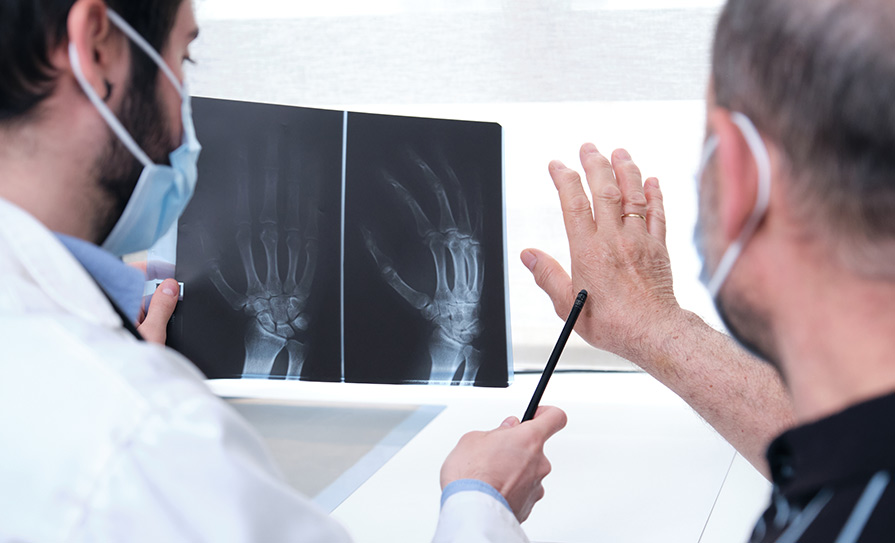
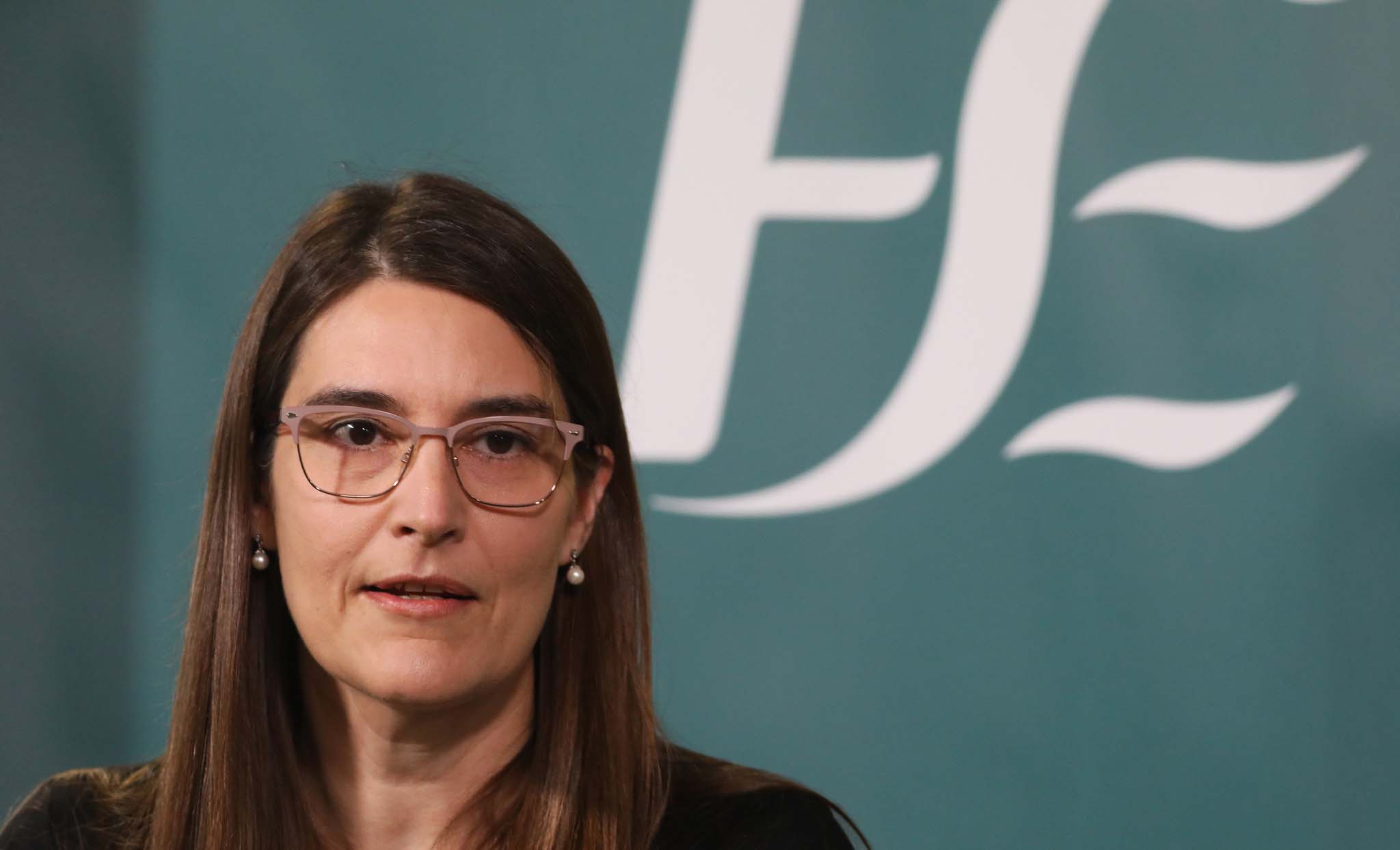
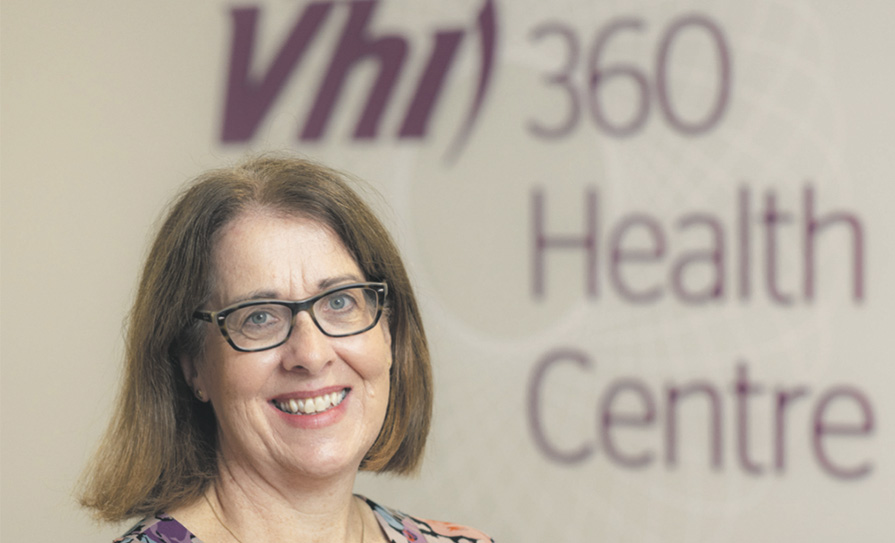
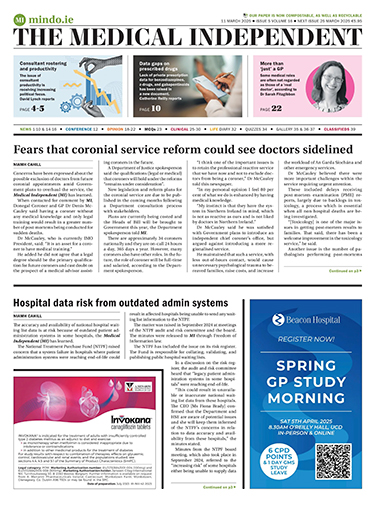

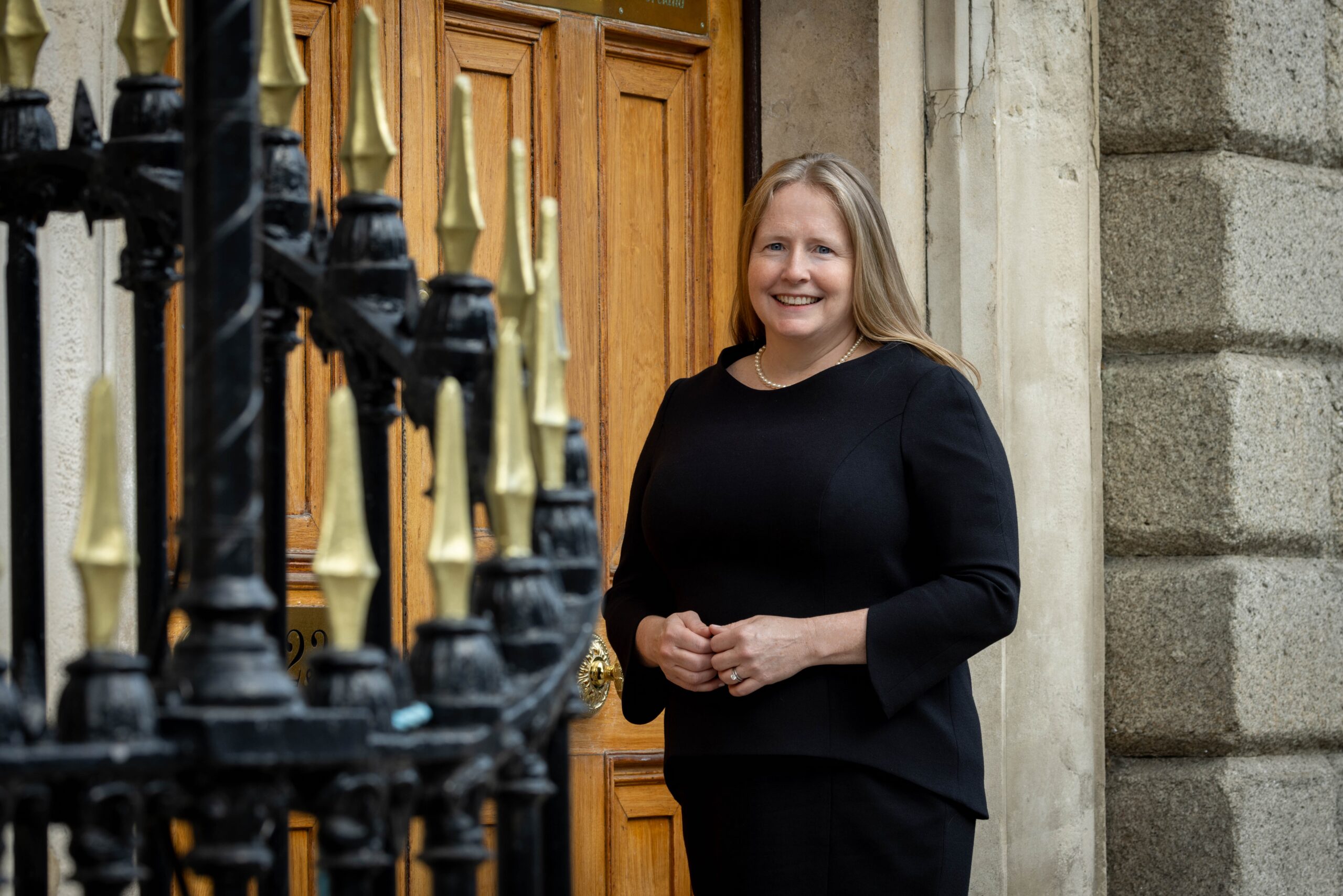




Leave a Reply
You must be logged in to post a comment.